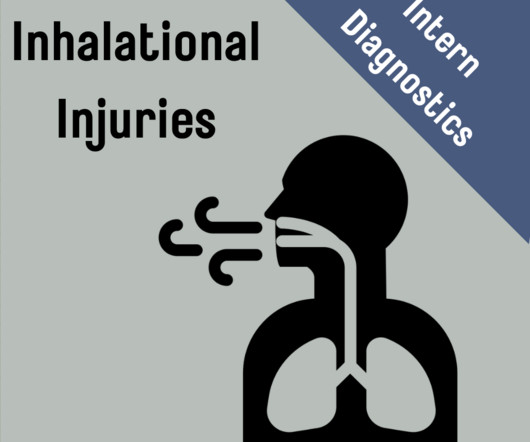Awake, and Paralysed: A Never Event
Don't Forget the Bubbles
NOVEMBER 29, 2023
Tragically, several attempts at resuscitation upon arrival at the emergency department were unsuccessful. While some studies showed that CPRIC is associated with increased survival to hospital discharge, administering muscle relaxants during resuscitation increased mortality. Another attempt led to an oesophageal intubation.












Let's personalize your content